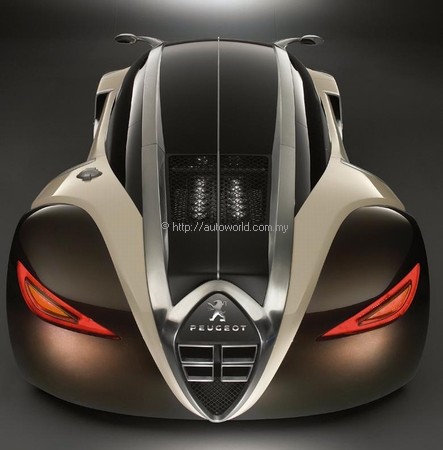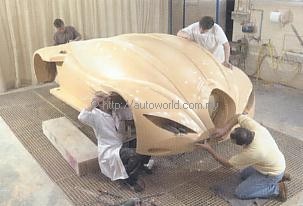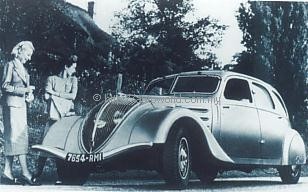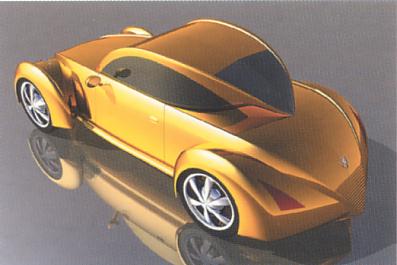Peugeot 4002
It costs a lot of money to build a real concept car and for the average car enthusiast, such a project remains a dream. Only carmakers and larger companies have the money to design and build those dreamcars at motorshows.
But dreams do come true sometimes and this was very much so for Stefan Schulze, a 32-year old graphic artist in Germany who entered the 2nd Peugeot Design Competition. The event, which was launched at the 2002 Paris Motorshow and closed for judging early this year, made use of the Internet to invite amateur car designers to participate. Peugeot received 2,800 entries from participants in 90 countries, a significant increase from the first time the event was run in 2000.
Schulze’s entry of a ‘4002’ concept won the top prize which included 5000 euros (RM21,835) but more importantly, Peugeot undertook to turn his drawings into a 3-dimensional full-sized model which would be displayed at the 2003 Frankfurt Motorshow.
 |
The theme of the contest was “Design a Peugeot with a retro-futuristic style” and in assessing the numerous entries, the judges were strict on how proposals adhered to this theme. The designs had to have a clear association with the French carmaker and refer to one of the many models in its long history. Needless to say, innovation, creativity and originality were of great importance.
Schulze’s 4002 met the requirements very well and it was also a captivating design which showed very clearly the marque’s identity. He had chosen the 1936 Peugeot 402 for inspiration and re-interpreted the styling cues of that model in various ways. He also incorporated one of Peugeot’s most characteristic features in the 4002 – the large radiator grille which hides two headlamps behind it.
Also interesting is the symmetry accorded to the front and rear sections, as well as its architecture which assigns a very forward position to the cabin, giving a strong sense of originality to this design.
Once the winning design was chosen, the Peugeot Style Centre immediately started discussions with Schulze to build his dream car. They would need four months to do so and followed their usual processes in making concept cars. This first required digitizing the drawings and establishing accurate dimensions for building the model which would ultimately be 4325 mm long and 2028 mm wide with 21-inch wheels.
Actual production of the bodyshell was the longest phase and materials such as aluminium-carbon, carbonfibre and resin honeycomb were used. A low-pressure casting technique was used to form the distinctive grille and a lot of chrome was also used because this was how Schulze had chosen to highlight the car’s lines.
Of course, the design is far too futuristic to be something which Peugeot could put into production tomorrow but the idea was not to get a design for production but to assist in studies of design trends. Who knows – some of the ideas may be adopted by Peugeot designers for the next 60x model….
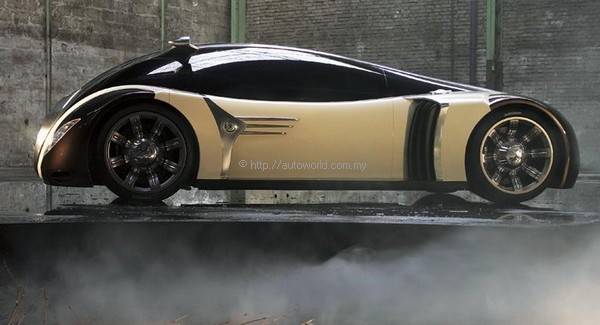 |




